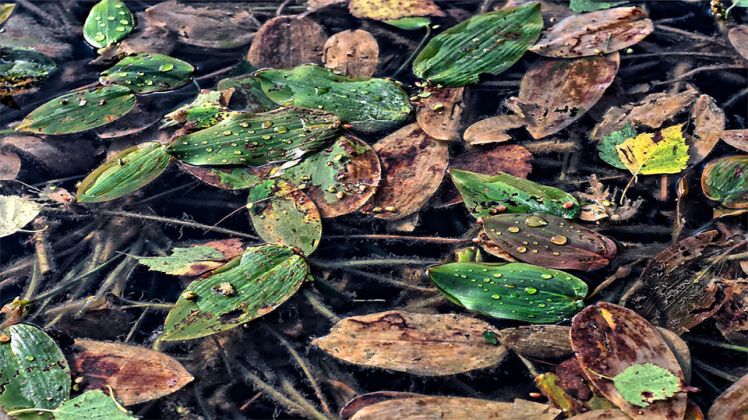The Essential Pattern: Tony Busnardo
The Essential Pattern: Tony Busnardo
Lent starts this year on February 17th, providing a 40-day point of focus shared by churches across the globe. Traditionally, these days are ordered in different ways of fasting in imitation of Jesus’ fasting in the wilderness before he began his public work.
This moment in Jesus’ story is thick with connections to other scriptures and to the cycles of life observable in the natural world around us. In Hebrew culture, there is the well-known story of the people wandering in the desert for 40 years. While there, they are without the normal necessities of food and shelter. Any food that does come is provided by God. Jesus gives reference to this while in the desert saying, “Man does not live on bread alone…” which is a sentence from the story of the Hebrew desert experience.
In the natural world, we can see a sort of desert experience, as well, in the cycles of the seasons. During winter, food is scarce and does not grow. The plenty of spring and summer is set aside for a season.
Consider that in both the Hebrew desert story and the winter story, abundance and life follow the desert. After the desert wandering, the Hebrews come to the promised land—a land rich and abundant. In nature, after winter comes spring and all the abundance of the natural world bursting with growth and newness.
In Jesus’ case we can see this same reality. After fasting in the desert comes his public work—the spoken and lived reality of his words and way in the world. Healing, grace, and life. At the end of his public ministry, Jesus goes to the cross. This, too is a sort of desert, a winter. Again, we find that spring follows winter. After the wilderness of death, Jesus rises, and life is ushered in. Nature shows us this reality again in the work of death to bring life. Consider that the falling leaves of autumn provide the nutrients for the leaves of the following spring.
This pattern can be observed throughout stories in the Bible and in plenty of other cultures outside of Christian scriptures. In the Bible, consider for a moment stories such as Paul being blinded and then coming to his true work. Or Jonah in the wilderness of the whale’s belly, and then preaching grace to Ninevah. Or Elijah giving up all hope and saying, “It is enough. Take my life,” and then afterwards coming to the fullness of who he was.
In the Hebrew tradition, this pattern is even built into every week with the Sabbath. The Sabbath is a day set aside, where all the goings on of the rest of the week are put down (as if they are dead or don’t exist). The idea is that, because of the Sabbath, there is truer and deeper and better life available for the rest of the week.
There are plenty of these kinds of stories. They are in scripture, in nature, in literature and poetry, in art and music, in movies, in mythologies, and in cultures across the world.
What has been put to rest in your life recently? What has died? What has been taken? To what wilderness have you come?
Lent is but one reminder that wilderness ushers in wonder, that life follows death. Not just life, but bigger life. And not just bigger life for ourselves, but a kind of bigger life that is a gift to others. And, of course, others’ lives a gift to us. Goodness grows—often on the other side of the wilderness.
That is the hope we are reminded of in Lent, in nature, in countless stories, and in the life and work and rising of Jesus.
- Tony
